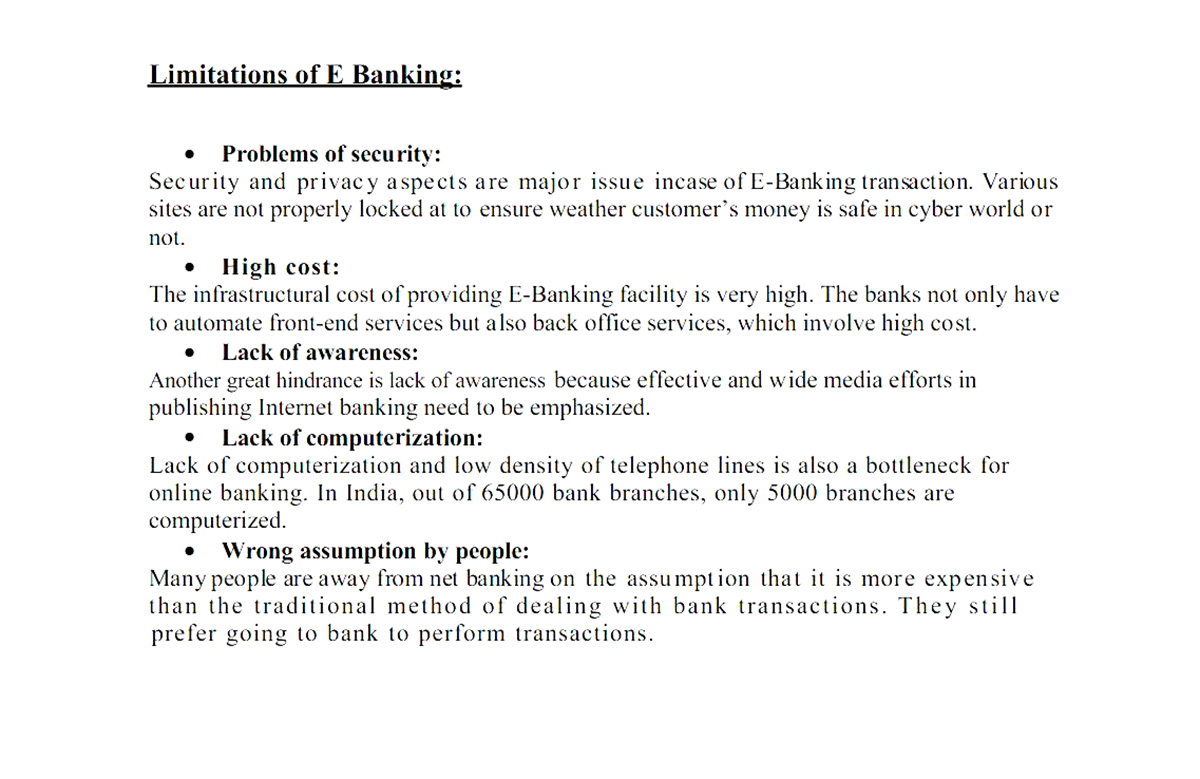

Finance
Public Key Definition
Published: January 13, 2024
Learn about the definition and importance of public key in finance. Discover how public key encryption is used to secure financial transactions and protect sensitive information.
(Many of the links in this article redirect to a specific reviewed product. Your purchase of these products through affiliate links helps to generate commission for LiveWell, at no extra cost. Learn more)
Understanding Public Key Definition: A Guide to Secure Financial Transactions
Welcome to the FINANCE category of our blog! In this post, we will dive into the fascinating world of public key definition and how it safeguards our financial transactions. But before we get started, let’s answer a fundamental question: What is a public key?
At its core, a public key is a cryptographic code used in asymmetric encryption systems. It is a crucial component of ensuring the security and privacy of online transactions, particularly in the financial world. Public key cryptography involves two related but distinct keys: the public key and the private key. While the private key remains secret and is only accessible to the key owner, the public key is available to anyone who wishes to send encrypted messages or verify the authenticity of data.
Key Takeaways:
- Public key definition plays a critical role in securing financial transactions online.
- Public key cryptography involves two keys: a public key and a private key.
The Role of Public Key in Financial Transactions
In the financial world, public key encryption is employed to enhance security and protect sensitive information during online transactions. Here’s how it works:
- Safeguarding Data: When you initiate a financial transaction online, such as making a payment or transferring funds, your sensitive financial data is encrypted using the recipient’s public key. This encryption ensures that only the designated recipient, with access to the corresponding private key, can decrypt and access the information.
- Verifying Authenticity: Public keys are also used to verify the authenticity of digital signatures. Financial documents and transactions can be digitally signed by generating a unique signature with the sender’s private key. Recipients can then verify the authenticity of the signatures using the sender’s public key, ensuring the integrity and origin of the data.
- E-Commerce Security: In the world of online shopping and e-commerce, public key cryptography provides a secure means of transmitting credit card information or banking details. By encrypting this sensitive data with a merchant’s public key, customers can trust that their information is being transmitted securely and that the merchant is authenticated.
Public key encryption systems have become the cornerstone of secure financial transactions in the digital age. They allow individuals and organizations to conduct business with confidence, knowing that their sensitive information is protected from unauthorized access.
Wrap Up
In conclusion, understanding the concept of public key definition is essential for anyone seeking to grasp the intricacies of secure financial transactions. By utilizing a public key infrastructure, individuals and businesses can ensure their data remains confidential, encrypted, and protected from cyber threats.
So, next time you make an online payment or engage in any financial transaction, remember the critical role that public key cryptography plays in keeping your information safe. Stay secure, and happy banking!














